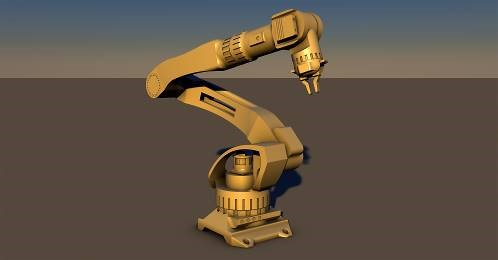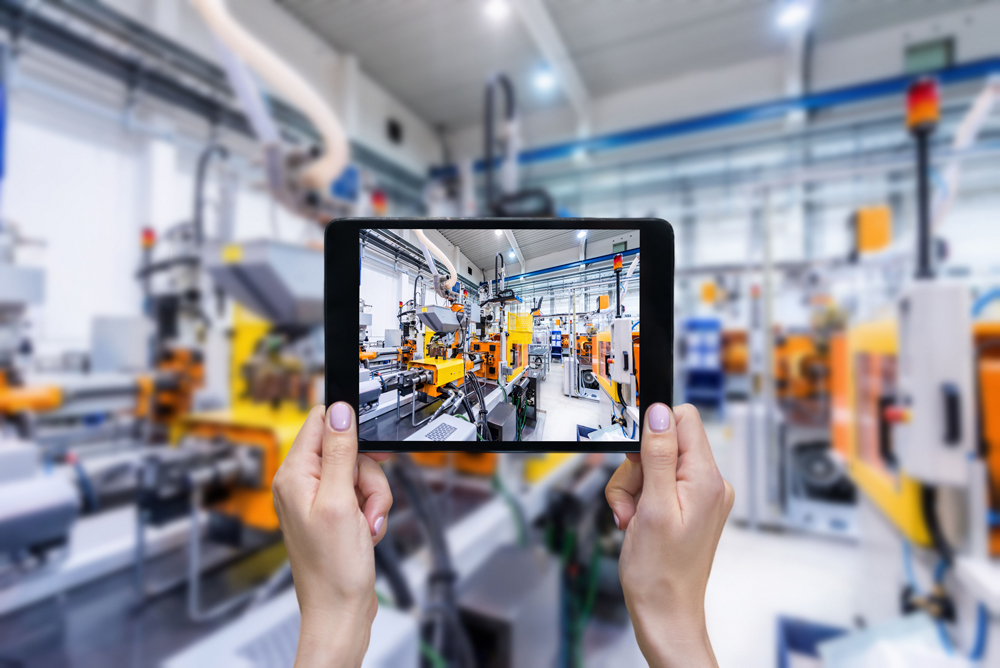
Digital twins represent components, machines, or complete production processes that are modeled with the help of digital tools. A digital twin is the image of the physical asset in the real factory and allows it to be simulated, controlled, and improved. It usually depicts various aspects and combines simulation models and real measurement data.
In this way, new types of components, production sequences, and technical processes can be clearly visualized and thus better understood and automatically tested and optimized virtually - without intervening in reality.
Digital twins and simulations now play a major role in the entire life cycle of products and technical processes, as they not only improve development and production processes through forecasts but also contribute to transparency and increased performance in the real operation of systems or plants. They ensure reliable processes in development, commissioning, and operation and serve to optimize and increase quality and efficiency.
Fields of research:
- Simulation of materials and components
- Simulation of processes and process chains in production
- Simulation of machines and systems throughout their entire life cycle
- Modelling and simulation methods for efficient and complete system characterization
- Optimization of product properties through simulation methods
 Fraunhofer Group for Microelectronics in cooperation with the Leibniz institutes IHP and FBH
Fraunhofer Group for Microelectronics in cooperation with the Leibniz institutes IHP and FBH